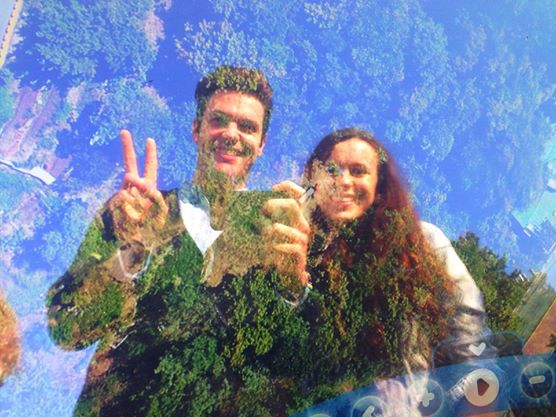This is a Busan Ex-Pat City Guide post. Check out the rest of my list here.
Sometimes, I really, really love my school.
Like, when they cancel a field trip to a boring old arboretum to take the kiddies to the Busan Aquarium instead! This was good news for me because not only did I get to spend my day derping around with my seriously adorable homeroom class, but I also got to check another box off on the old Korean Bucket List. And for free! I’m trying to live relatively frugally these days, and frankly the ₩21,000 entrance fee to the Aquarium could be used to fill my gullet full of curry at Namaste. So, yay for an all-expense paid Brown & LCI field trip day!
I think if I had gone by myself to the Busan Aquarium, I literally would have been in and out in about 25 minutes, tops. But going with my kindergarten students was such a special treat. Their eyes were filled with a mixture of wonder and confusion, as the gaped at over 35,000 species of fish (or so the brochure told us). They may as well have been tugging at my heartstrings while tugging on my jacket, crying out “teacher!” as a penguin would dive into the tank and swim on by. Forget the fish, the looks of amazement on my kiddies faces were the real sight.
The Aquarium itself has three underground levels. We ended up visiting both exhibition floors, where we watched fish of the freaky and non-freaky variety, somersaulting finless porpoises, and penguins gliding majestically through the water. We walked through the glass-walled, seabed tunnel which felt just like walking on the ocean floor, as sea-life swam all around us. We also caught feeding time for the otters, and the kiddies had an opportunity to hold a starfish and other echinoderms. Tactile learning, y’all!
Afterwards, we were all ushered into the auditorium for the “Music Talking Show with Diver”. The entire thing was in Korean, so I’m not exactly sure what was happening. There was basically an enthusiastic lady onstage, furiously jabbering away at a diver equipped with a microphone in the tank. This was followed by some singing, a volunteer from the audience experiencing the gift of magic, and my own dripping sweat from sitting in a balmy room with three Korean children on my lap.
I was a little disappointed that my school didn’t splurge on the Glass Bottom Boat Experience, where one can float around a tank filled with sharks and other fishies, but I guess you can’t have it all.
Our school ended up eating lunch in the Aquarium’s cafeteria, where my kids stuffed raspberries and cookies into my mouth. Lunch time is one of the best parts of a field trip, because the parents always pack more food for their kids to share with us teachers. I get to bond with the kids and I get to eat their food. It’s a win-win, truly.
When lunch was over, we escorted the kids down to Haeundae Beach for about 30 minutes to derp around in the sand, before heading back to school.
As I mentioned above, I’m not sure how much I would have enjoyed the Busan Aquarium without the “oohs” and “ahhs” of my 30 Korean kindergarten students, but it’s a pretty chill to spend an hour exploring. If you’re down at Haeundae Beach and are looking for something to do, the Aquarium might be the sound of settling, but at least it’s a pretty splashing sound.
Directions
To get to the Busan Aquarium, take the Green Line on the Busan Subway (Line 2) to Haeundae Station (stop 203). Go straight out exit 3 or 5, and proceed straight for about 5 minutes until you reach the road running parallel to the beach. Turn right, and the Aquarium will be right in front of you. Entrance to the Busan Aquarium is ₩21,000 for persons 13 and over, and ₩15,000 for persons under the age of 13.







































